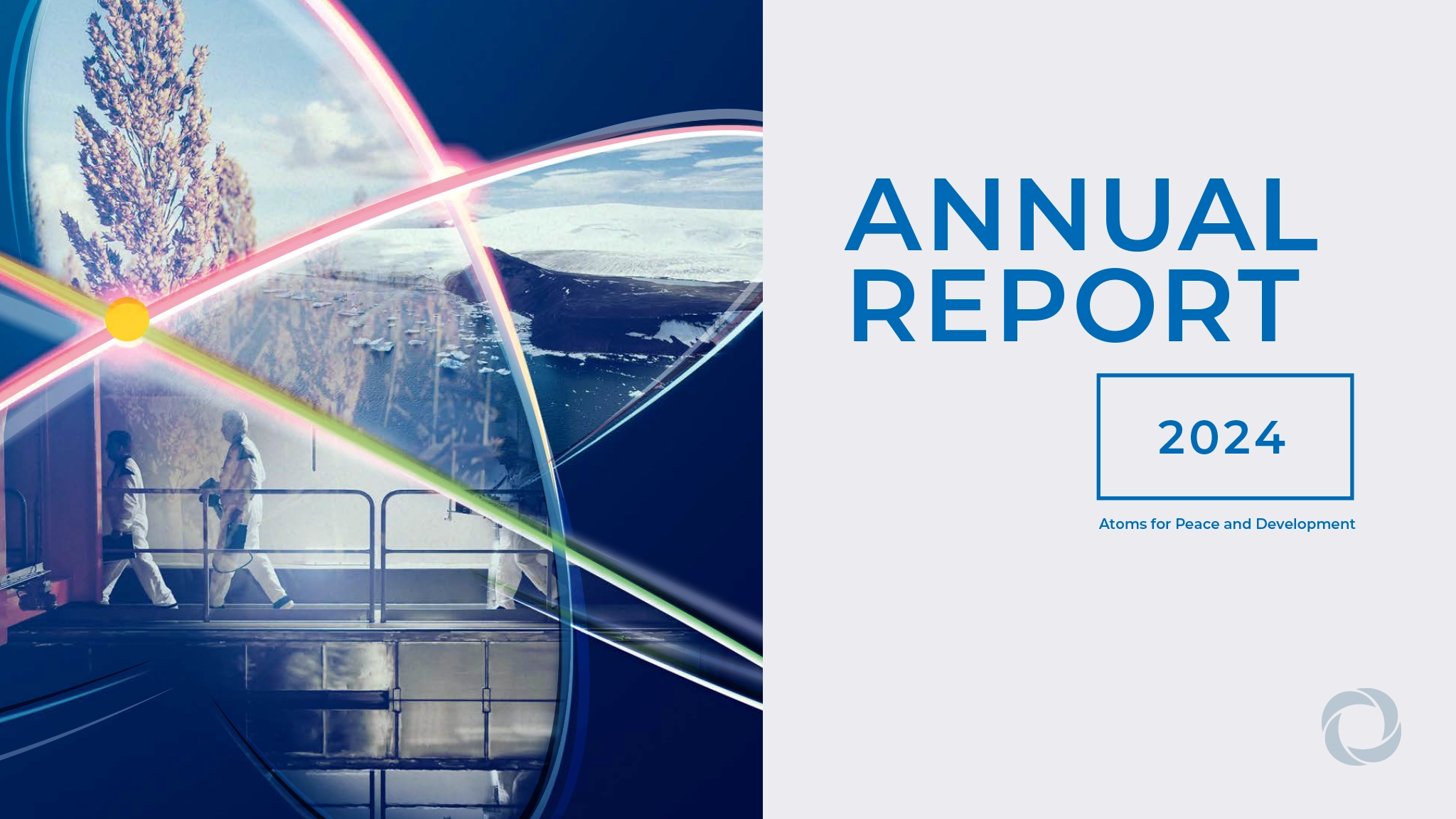The International Atomic Energy Agency (IAEA) has released its 2024 Annual Report detailing work in nuclear science, safety, and technical cooperation across member states, the IAEA announced. Director General Rafael Mariano Grossi submitted the report to the UN General Assembly, describing the agency as “a beacon of scientific excellence, international cooperation and innovation” while serving as a watchdog against nuclear weapons proliferation.
The IAEA helped countries use nuclear technology to tackle cancer, food security, and plastic pollution in 2024. The Rays of Hope initiative delivered lifesaving cancer care equipment to countries and expanded its network of anchor centers for cancer excellence to 11. Radiotherapy is needed by nearly half of cancer patients but remains out of reach for many. The ZODIAC initiative built global readiness for zoonotic diseases, with 151 member states naming national coordinators and 129 designating laboratories. A cloud-based platform was launched to use big data for better respiratory disease detection.
The NUTEC Plastics initiative sent its first research mission to Antarctica, finding microplastics even in the planet’s most remote spots. Pilot plants in Argentina, Indonesia, Malaysia, and the Philippines showed how radiation technology can help recycle plastic waste. The joint IAEA/FAO Atoms4Food initiative developed plans to expand nuclear applications for sustainable agriculture.
Nuclear energy gained momentum. The first Nuclear Energy Summit in Brussels brought together over 30 high-level officials in March, while 31 countries now back tripling nuclear capacity by 2050—six more joined at COP29 in Baku. For the fourth straight year, the IAEA raised its nuclear power expansion projections.
The agency ran over 3,000 field verification activities at more than 1,300 facilities and kept its presence in Ukraine to support nuclear safety. The Marie Sklodowska-Curie Fellowship Programme reached 760 fellows, offering young women scholarships in nuclear studies. The agency finished refurbishing its Dosimetry Laboratory and inaugurated the new Curie-Meitner Nuclear Applications Centre in 2025.

